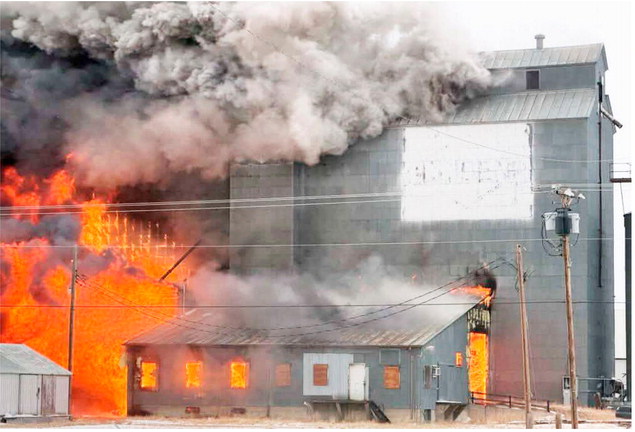Initiative Seeks To ‘Clean Up’ Rules Around Ballot Access
Over the past few elections, Montanans have voted to change the rules around medical marijuana, sought to impose a crime victim’s bill of rights and changed how absentee ballots can be collected. All these issues required a specific number of voter signatures to land on the ballot and now that rule is, itself, on the ballot.
This year voters will decide whether to return the language in Article XIV, Section IX and Article III, section IV of the Montana Constitution back to its original language from 2002.
“It’s a clean up bill,” said Montana Representative Steve Gunderson, a Republican from Libby, during the debate about putting the issue to voters in 2019.
The changes started back in 2002 when voters passed two initiatives that changed what it took to qualify for the ballot. One changed signature requirements for proposing constitutional amendments. Instead of saying that signatures are required from “twofifths of the legislative districts in Montana,” it said “at least ten percent of voters in at least one half of Montana’s counties.” The other revised “one third of legislative districts,” to “at least 5 percent of voters in at least one half of Montana counties” with signature requirements for initiatives that change state law.
The changes would have forced groups seeking to get ballot initiatives or constitutional amendments on the ballot to find voters in a wider range of counties than originally required, giving more input to more rural counties.
They also prompted the Montana Public Interest Research Group to file suit in 2005, saying the new rules created such an unfair burden that it violated the 14th Amendment to the U.S. Constitution. Montana PIRG pointed out that at the time nearly 56 percent of Montana's population is concentrated in six of the state's 56 counties. With the 2002 requirements, far fewer signatures are needed to qualify an initiative in a less populous county than are necessary in more populous counties.
The U.S. District Court agreed, striking down the changes, but they are still on the books, according to Gunderson.
So, the Montana Legislature voted last year to put the issue to the voters to officially change the language. According to Gunderson, one (C46) will change the language from back to two-fifths of legislative district for all constitutional amendments.
“[The 2002 rules] actually utilize the signature count to be able to get a voter initiative on the ballot. That’s unconstitutional. That’s why the court found that it needed to be changed back to the original use of ‘two-fifths of legislative districts,”’ Gunderson said.
The other — C-47 —changes ballot initiatives from “one-half of the counties” to “one-third of legislative districts.”
Although these changes are intended to align state law with the federal court ruling, some legislators still worried about the move. Representative Geraldine Custer, a fellow Republican from Forsyth said that the intent behind the 2002 change in Article III, Section IV, regarding HB-245 was so signature collectors couldn’t go to all the high population areas with the most legislative seats of Montana, such as Missoula and Billings.
During the legislative debate, Gunderson said both articles need to be returned to the original language because that is how the state interprets the law and this should reflect through the Montana constitution.
But no matter how voters decide this year’s changes, Anthony Johnstone, law professor at the University of Montana, said little will likely change.
“The [2002] amendment was void when passed, and should have no legal effect.,” he said. “Legally speaking, it’s not in the constitution anymore regardless of what the published constitution says. Thus, these referenda are much more about what the legislature decides to print in the constitution, rather than what the constitution really means.”
There is not really a debate over the changes — no groups have formed to back or oppose the 2020 changes — but it remains up to the voters to decide if the state constitution will reflect the decision of the federal courts on this question.

